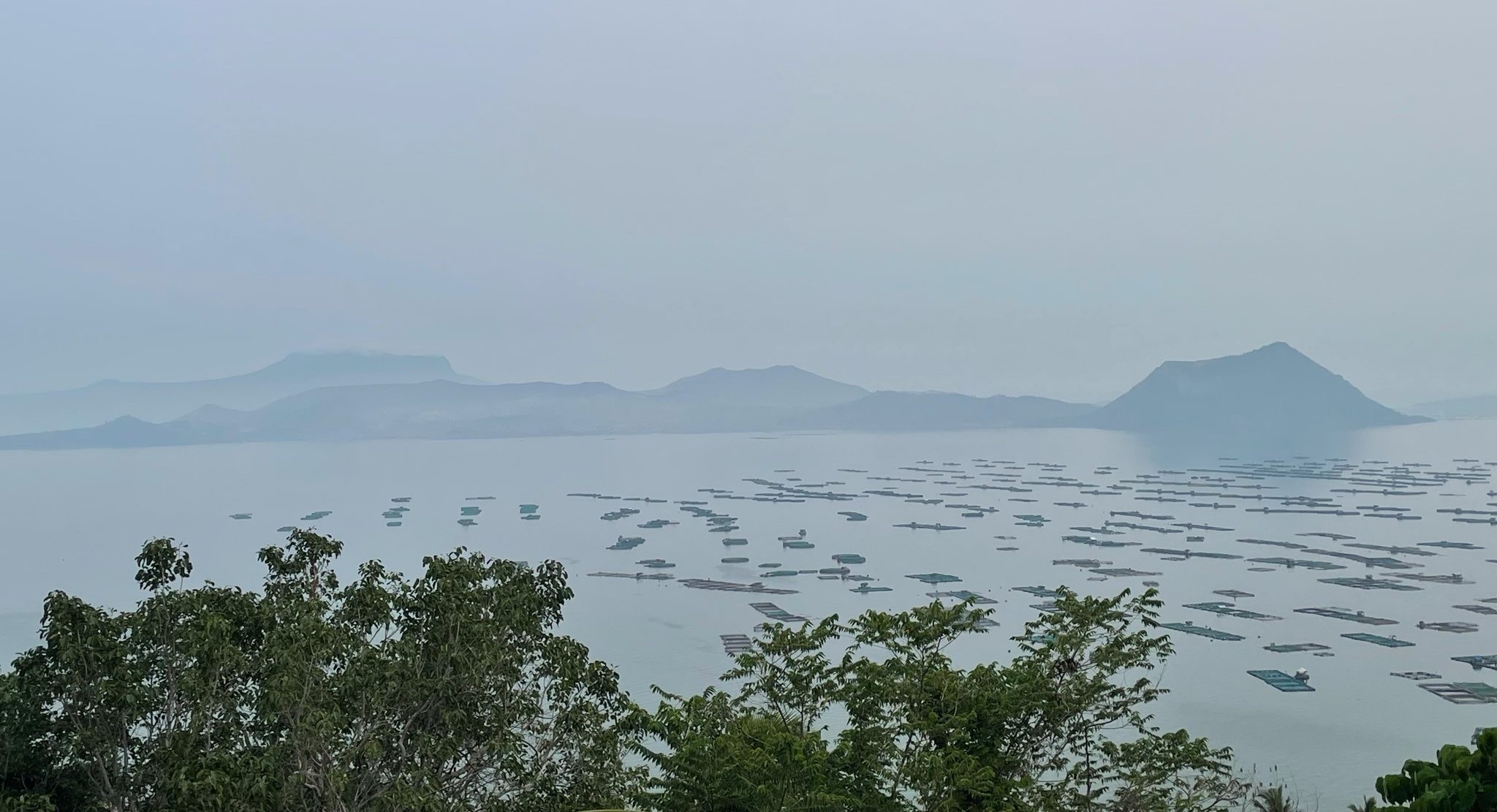Taal Volcano shows magmatic unrest, alert level 3 is raised
July 2, 2021, Manila – Mt. Taal Volcano, situated in the province of Batangas, south of Manila continues to show magmatic unrest as the Philippine Institute of Volcanology and Seismology (PHIVOLCS) raises Alert to Level 3, which indicates a possibility of succeeding eruptions. According to PHIVOLCS, the main crater of the volcano generated a ‘short-lived dark phreatomagmatic plume’ about 1 kilometer-high. No volcanic earthquake has occurred as of writing.
Authorities have advised residents surrounding the volcano and those living in the identified high-risk villages of Agoncillo and Laurel towns to evacuate to avoid the hazards of pyroclastic density currents, ash and debris flows, and volcanic tsunami.
The whole volcano island is considered as a Permanent Danger Zones (PDZ) after the volcano’s eruption in the early months of 2020. Entering the island is already prohibited.

Image Credit: Ever Rogero
“The residents here in Laurel, Batangas are already preparing for evacuation. We are also smelling a strange odor since Monday. So far, there is no ash visible coming out from the volcano,” shared Ever Rogero, a World Vision program officer based in Laurel. Rogero now coordinates with the local government and community partners as they monitor the situation. World Vision is supporting 2,100 children in 10 covered barangays in the municipality of Laurel.
“World Vision is closely monitoring the situation. We are also advising our staff and supported communities to stay vigilant and follow advisories from the local government. We are also ready to respond if the situation escalates to a humanitarian crisis,” says Ajab-Aram Macapagat, World Vision Philippines Humanitarian and Emergency Affairs Director.
On January 2020, the volcano erupted and caused a massive ashfall that reached four provinces and affected more than 700,000 individuals. World Vision responded to the humanitarian need and reached 12,000 persons with its mask donation and 3,100 families who received hygiene and non-food items. Around 6,000 children also received learner’s kits.








